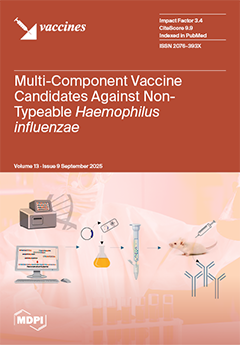Background: Unvaccinated individuals with peripheral arterial occlusive disease (PAOD) are more likely to develop acute limb ischemia (ALI) following severe acute respiratory syndrome coronavirus 2 (SARS-CoV-2) infection. We assessed the protective effect of the COVID-19 vaccine in preventing ALI in PAOD patients with SARS-CoV-2 infection.
Methods: This retrospective cohort study was conducted using the United States TriNetX (Cambridge, MA, USA), using patients with PAOD who were diagnosed with SARS-CoV-2 infection between 1 November 2020 and 31 December 2023. Propensity score matching was performed to adjust for demographic variables, lifestyle factors, medical utilization, and comorbidities. Cox proportional hazards models were used to compare the two matched cohorts. Kaplan–Meier analysis estimated the 3-year cumulative probability of lower limb amputation incidence. We selected 12,948 PAOD patients who received the COVID-19 vaccine and 44,064 PAOD patients who were unvaccinated against COVID-19.
Results: A total of 11,822 pairs of COVID-19 vaccinated PAOD patients and unvaccinated individuals were compared. The mean (SD) age was 66.5 (14.1) years; there were 4849 male patients (41%) and 6569 female (55.6%) compared to unvaccinated PAOD patients, and those who received the COVID-19 vaccine had a significantly lower risk of 3-year all-cause mortality (log-rank test,
p < 0.001; hazard ratio (HR) was 0.857; 95% CI, 0.796–0.922) and lower limb amputation (log-rank test,
p = 0.001, HR = 0.716; 95% CI, 0.587–0.873), though there was no significant difference in ischemic stroke (log-rank test,
p = 0.174; HR = 0.958; 95% CI, 0.902–1.019).
Conclusions: This study found that patients who received the COVID-19 vaccine had a significantly lower risk of 3-year all-cause mortality and lower limb amputation, though there was no significant difference in ischemic stroke.
Full article






